
Comprehensive Guide to the Applications of TRIACs
In this article, we will explore the various applications of TRIACs (Triode for Alternating Current), a crucial component in power regulation and switching. If you’re interested in learning about other transistor types, check out our complete transistor series [here].
What is a TRIAC?
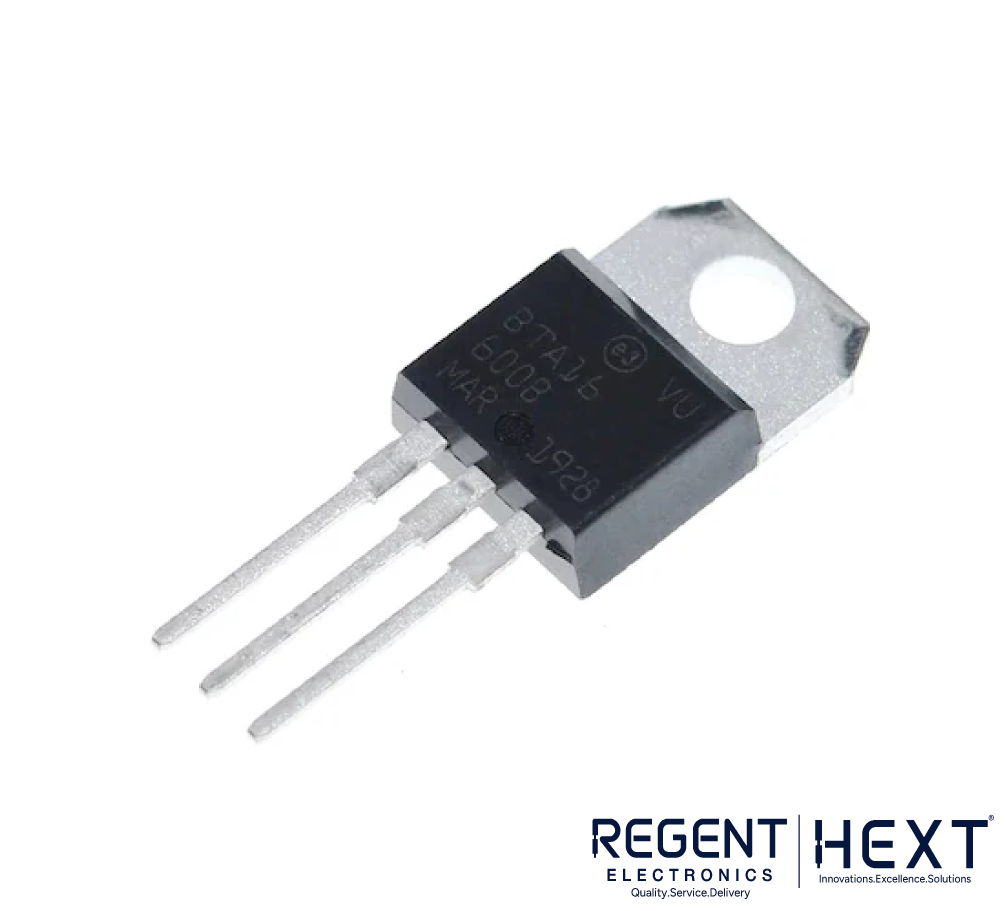
A TRIAC (Triode for AC) is a three-terminal semiconductor device widely used in power control and switching applications. It allows current flow in both directions, making it ideal for controlling AC signals. Common uses of TRIACs include phase control, dimming lights, speed regulation in fans and motors, and power control in home appliances.
Key Features of TRIACs:
- Bidirectional Current Flow: Conducts in both forward and reverse directions.
- Gate Control: Triggered by both positive and negative gate signals.
- Compact Design: Functions as two inverse-parallel SCRs with a single gate terminal.
Construction and Symbol of a TRIAC
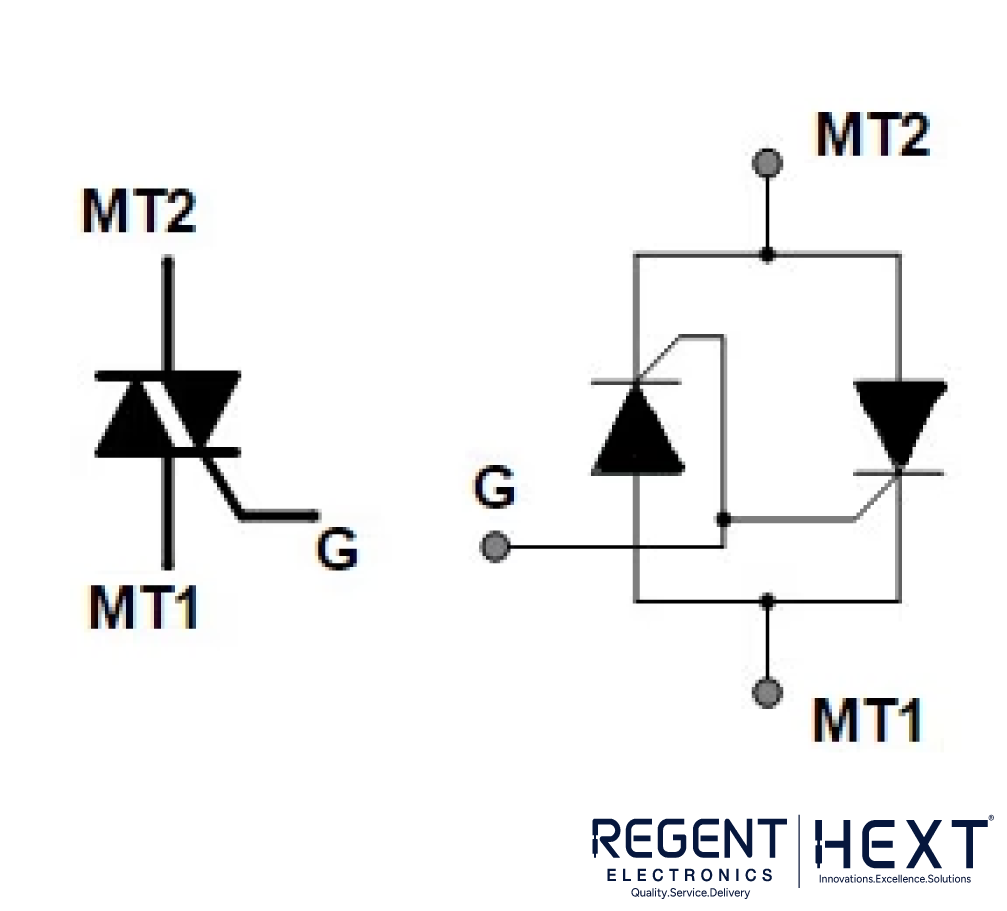
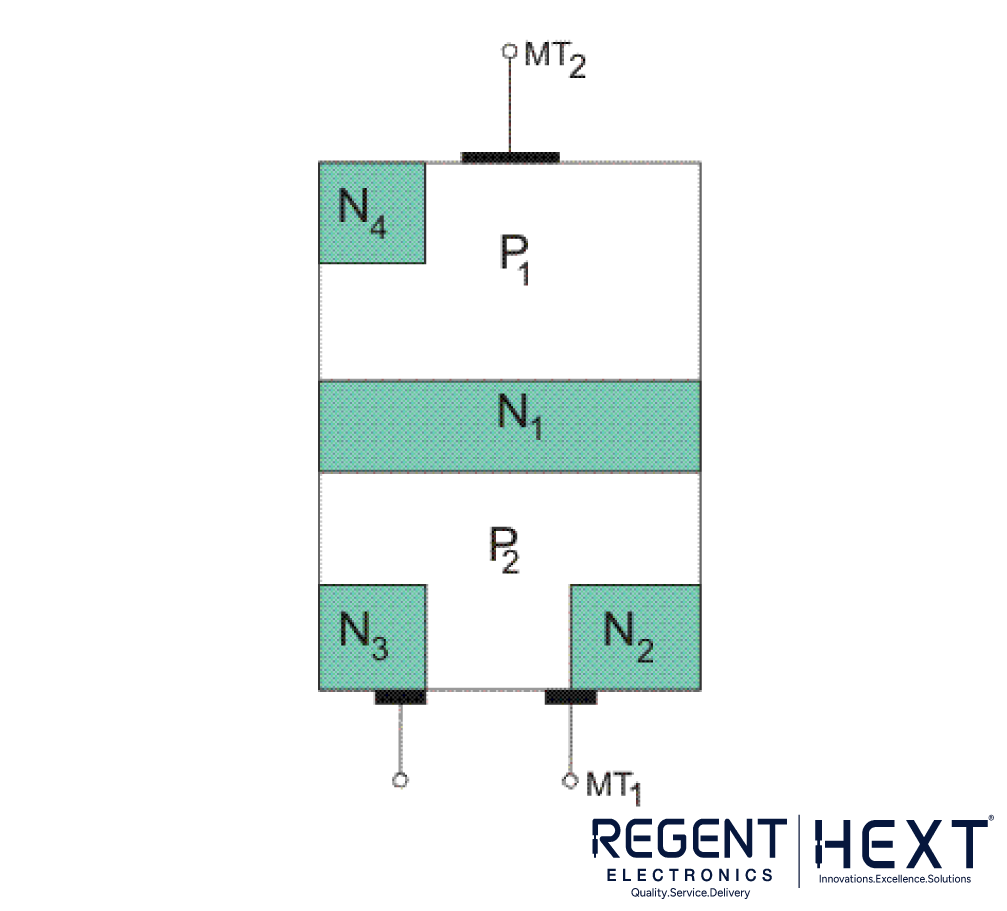
A TRIAC comprises a four-layer structure with six doping areas. It has three terminals:
- Main Terminal 1 (MT1): One of the primary current paths.
- Main Terminal 2 (MT2): The other current path.
- Gate (G): Controls the triggering of the device.
The symbol of a TRIAC represents its bidirectional functionality, simplifying its integration into AC circuits.
Understanding TRIAC VI Characteristics
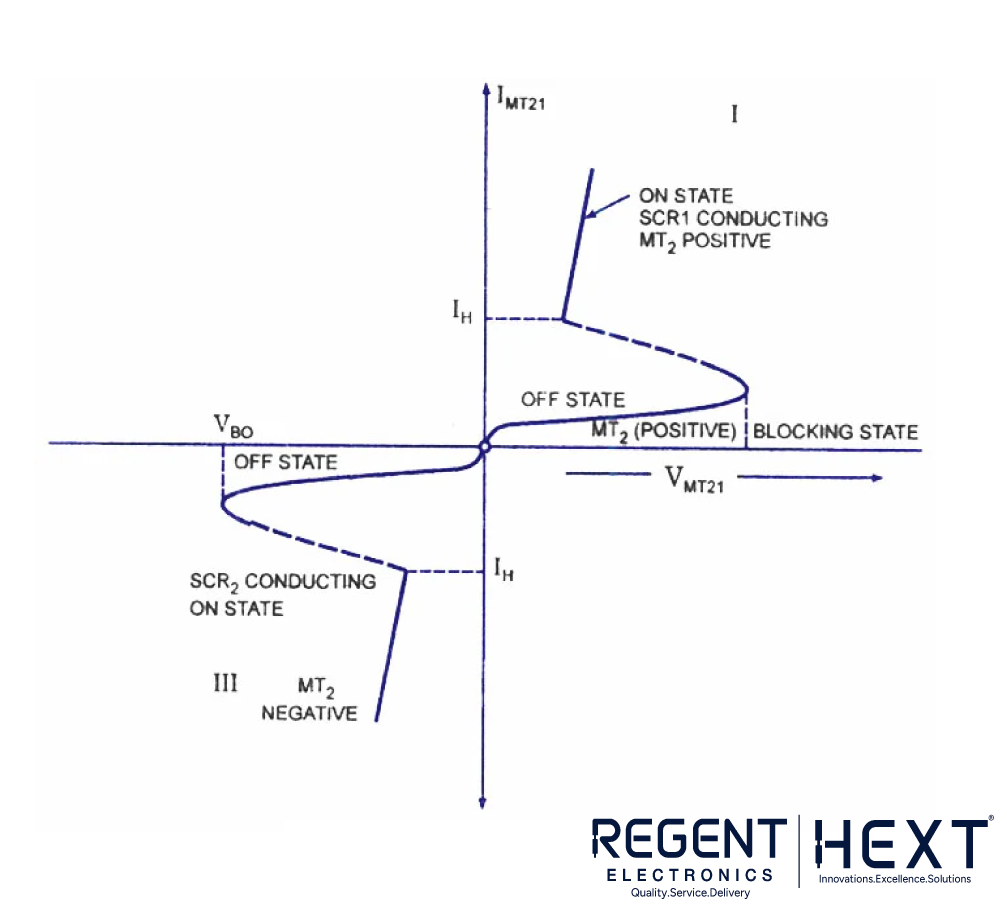
The voltage-current (VI) characteristics of a TRIAC are observed in both the first and third quadrants of the graph. When MT2 is positive relative to MT1, the TRIAC operates in forward-blocking mode. Once the applied voltage surpasses the breakdown voltage, the TRIAC activates, allowing a significant current flow.
Practical Applications of TRIACs
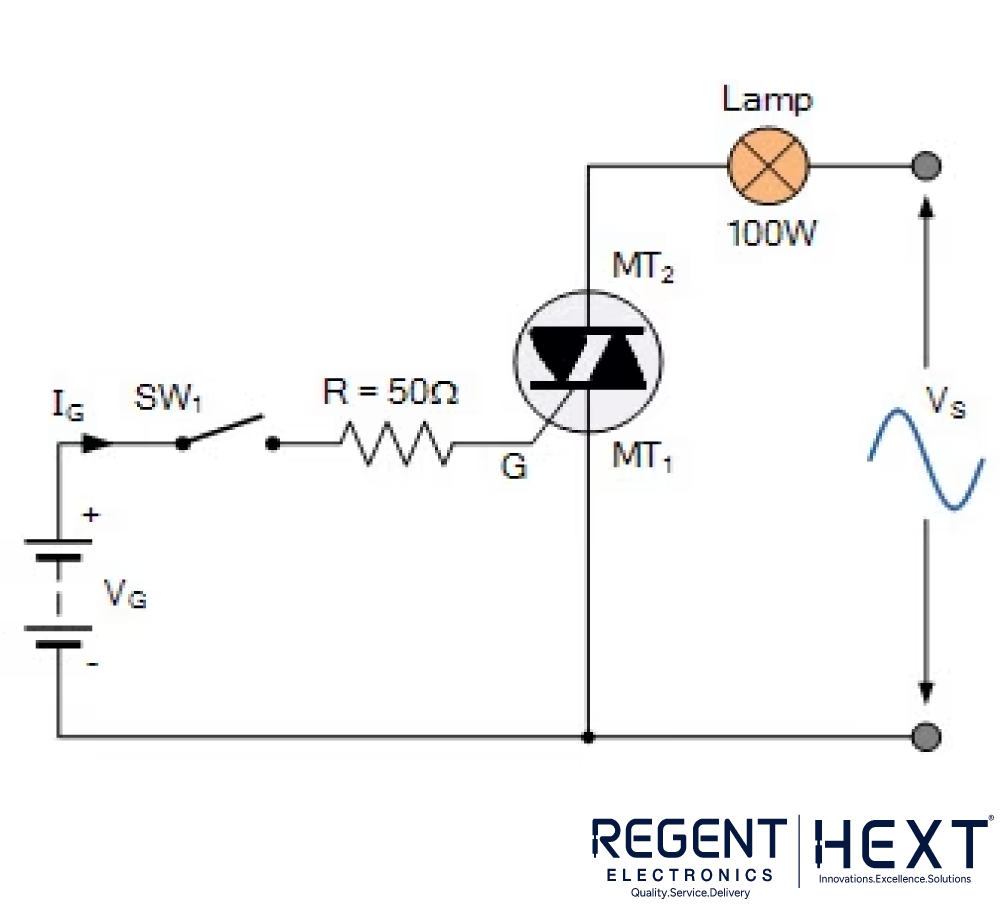
1. Switching Circuits
TRIACs are commonly used in AC switching circuits to control current flow to appliances. For instance, a TRIAC can act as a power switch for lights, turning them on or off based on the circuit’s configuration. The self-latching capability ensures efficient operation throughout each AC half-cycle.
2. Fan Speed Controllers
By controlling the AC signal, TRIACs enable precise speed regulation of electric fans. They work seamlessly in dimmer circuits or speed control systems, providing smooth performance with minimal noise.
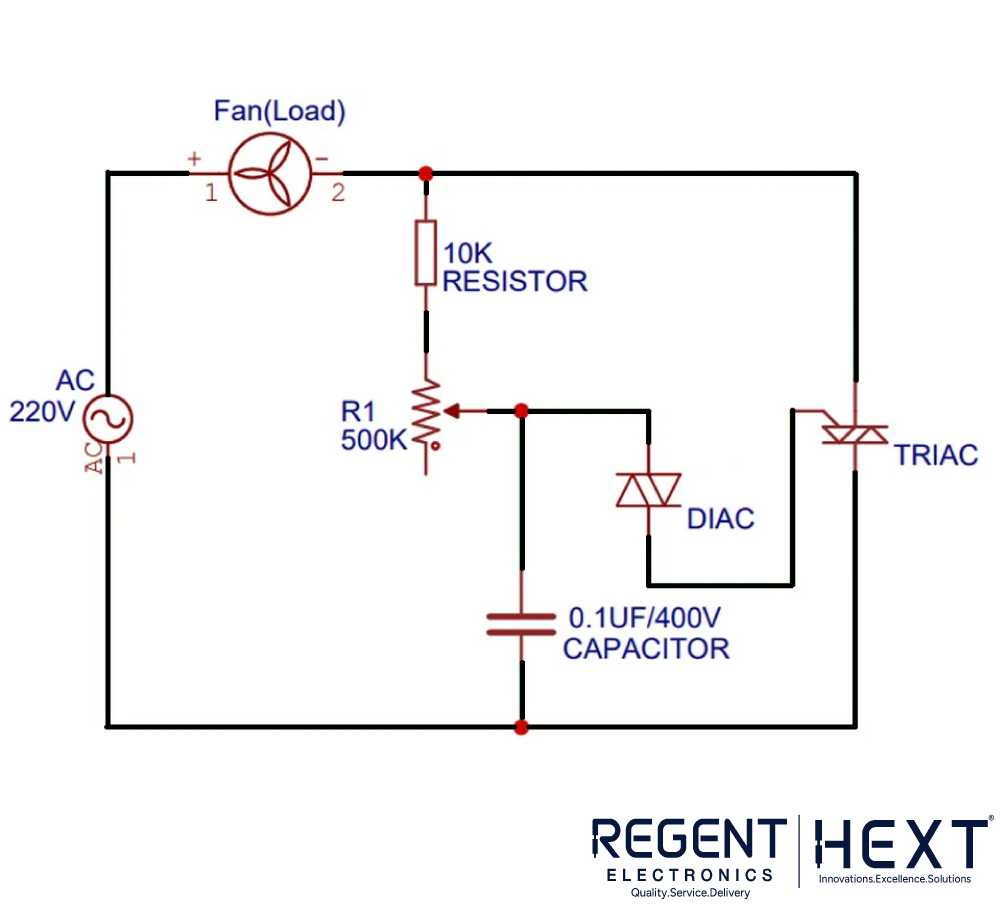
Popular TRIAC Models and Their Applications
BT136 TRIAC
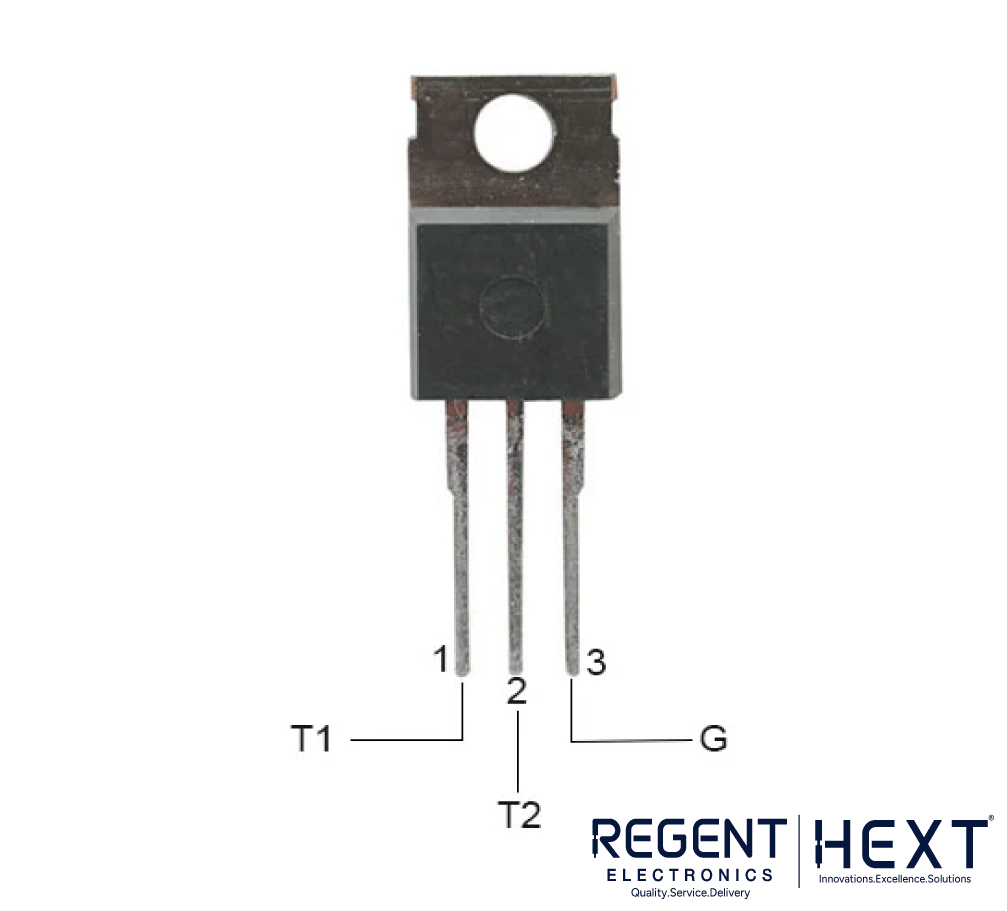
The BT136 is a robust TRIAC designed for switching AC loads up to 4A. It is ideal for applications requiring speed control, dimming, or noise suppression.
Specifications:
- Repetitive Peak Voltage: 600V
- RMS On-State Current: 4A
- Trigger Current: 10mA
- Holding Current: 2.2mA
Applications:
- Light dimmers
- Fan speed control
- AC/DC power regulation
- Home automation systems
BT131 TRIAC

The BT131 is a compact TRIAC suitable for low-current AC loads up to 1A. It offers excellent performance for applications requiring precise control in limited spaces.
Specifications:
- Repetitive Peak Voltage: 600V
- RMS On-State Current: 1A
- Trigger Current: 10mA
- Junction Temperature: 125°C
Applications:
- Light dimmers
- Motor speed control
- Strobe lights
- Noise suppression circuits
BTA12-600B TRIAC
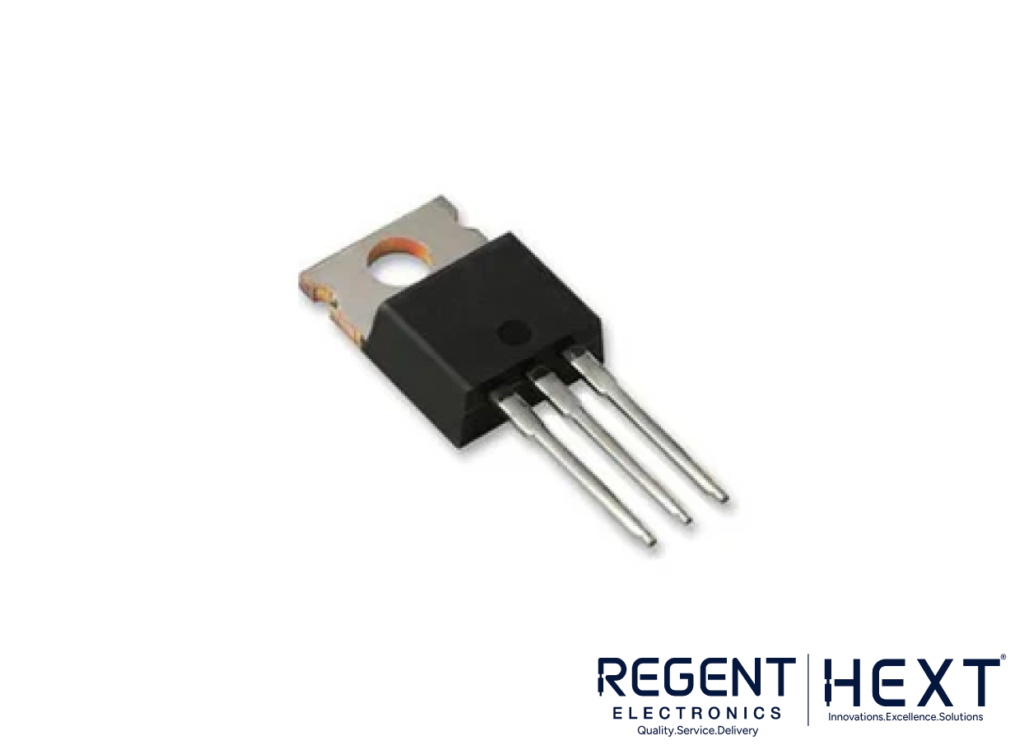
The BTA12-600B is a medium-current TRIAC designed for general-purpose AC switching and phase control applications.
Features:
- High commutation capability
- Low thermal resistance
- Suitable for induction motor startup and heating control
Applications:
- Static relays
- Heating regulation
- Light dimming
- Appliance motor speed control
Why Choose TRIACs for Power Control?
TRIACs simplify circuit designs by replacing the need for dual SCR configurations in AC systems. They offer reliable performance in a wide range of applications, including light dimmers, motor controllers, and advanced automation systems.
Key Takeaways:
- TRIACs are versatile components for AC and DC power regulation.
- They are efficient, cost-effective, and widely used in industrial and household applications.
- Models like BT136, BT131, and BTA12-600B cater to various power control needs.
Discover the best TRIACs for your applications at Regent Electronics, your trusted partner for high-quality electronic components.
Explore More
For additional insights into TRIACs and other semiconductor devices, visit our Product Page. Let us help you power your next innovation!
